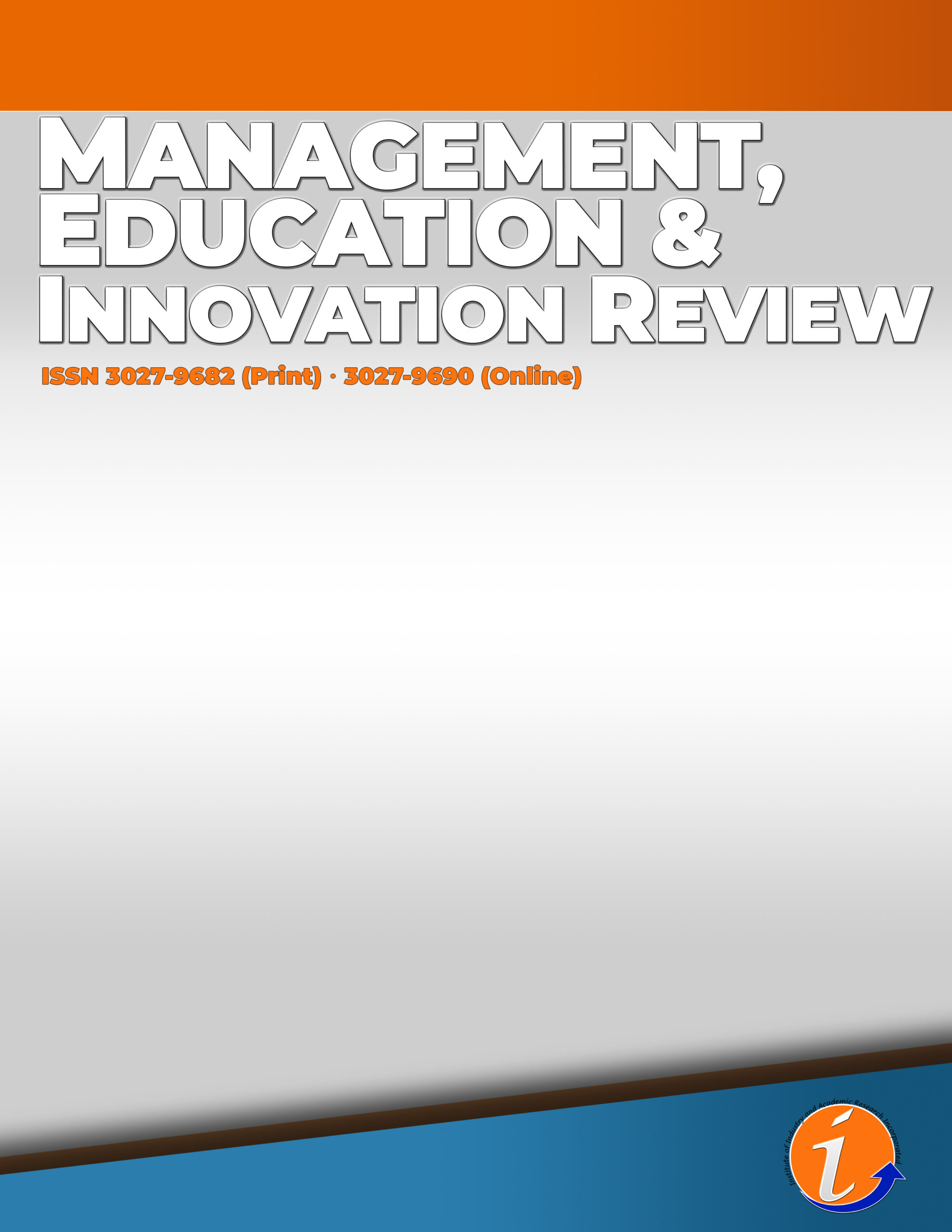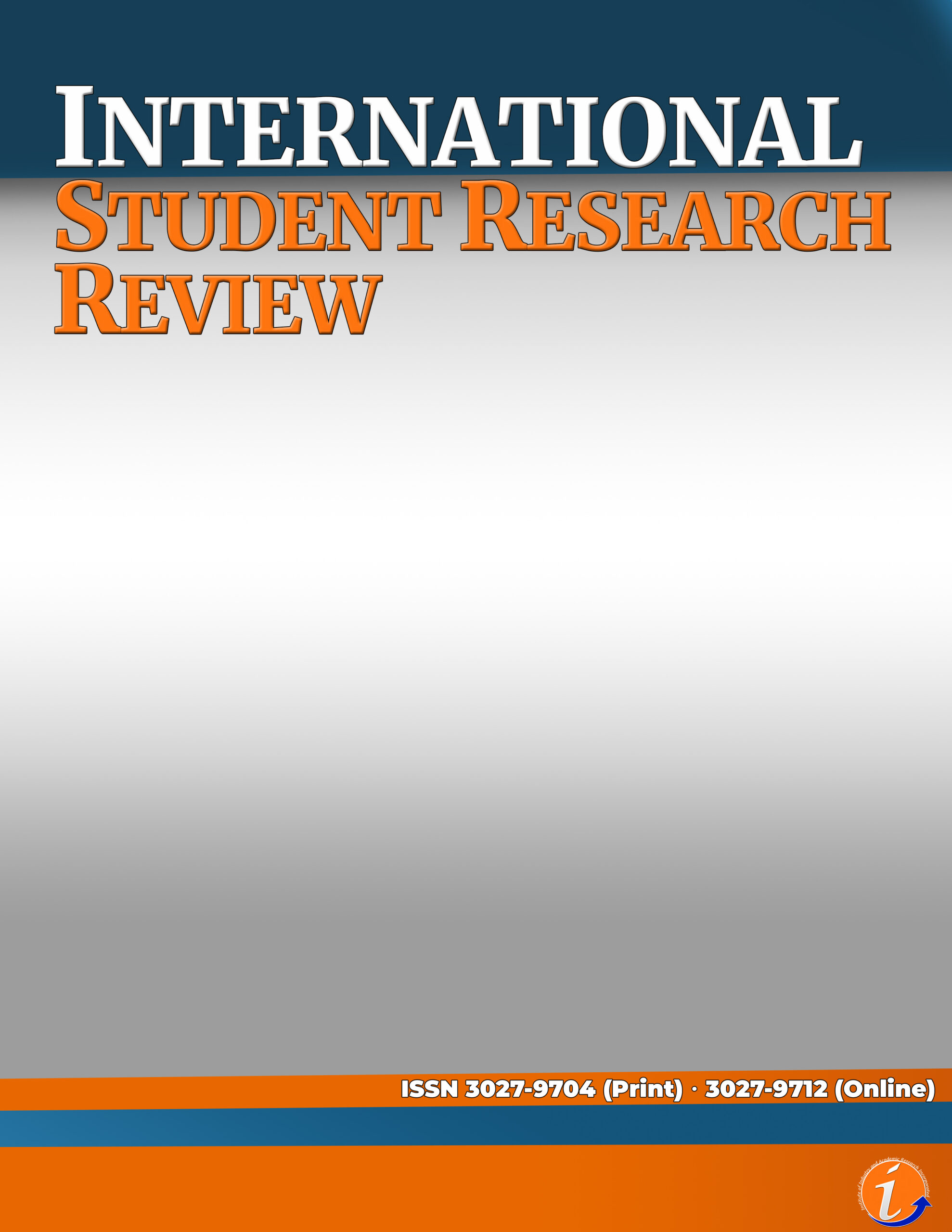Using pretest and posttest experimental research design involving 62 participants, this study determined whether the blended learning mode of instructional delivery was more effective than face-to-face learning in improving the academic performance of the students. The study found out at that blended learning is effective in improving the test scores of the treatment group (t-Stat=-6.529), (t-Critical= 1.697), and (p=0.00)). 19.70% of the observed variance on the test scores of participants exposed to blended learning can be ascribed to blended learning with the other 80.30% possibly caused by other factors. Analyses of associations using Point Biserial Correlation Coefficient revealed that there is a substantial positive association (Rpb =0.5610429) between exposure to blended learning and changes in the test scores of the students exposed to it. The study could be utilized as basis for HEIs on making necessary adjustments or improvements for better implementation of the program. The over- all result of the study can also be used as reference in using the BLP in other general education subjects.
blended learning, online learning, performance rating, instructional delivery, learning management system
About E-learning. (2016). E-learning glossary. Retrieved from http://www.aboutelearning.com/e-learning-glossary.html. accessed May 15, 2020
Abu-Shawar, B. (2009). Learning Management System and its Relationship with Knowledge Management. Faculty of Computer & Information science, Ain Sham University, 4th International Conference on Intelligent Computing and Information Systems. Cairo: Egypt.
Adunola, O. (2011). The Impact of Teachers’ Teaching Methods on the Academic Performance of Primary School Pupils in Ijebu-Ode Local cut Area of Ogun State,” Ego Booster Books, Ogun State, Nigeria (PDF). Teaching Methods and Students’ Academic Performance. Retrieved from: https://www.researchgate.net/ [accessed Nov 07 2018].
Akessa G.M. and Dhufera A.G. (2015). Factors that Influence Students Academic Performance: A case of Rift Valley University, Jimma Ethiopia. Journal of Education and Practice Vol 6 No. 22. Retrieved from https://files.eric.ed.gov/fulltext/EJ1079600.pdf accessed May 15 2019
Ally, M. (2012). Student Attention, Engagement and Participation in a Twitter-friendly Classroom. 23rd Australasian Conference on Information Systems.
Barr, R. B., & Tagg, J. (1995). From teaching to learning: A new paradigm for undergraduate education, Change, 27(6), 13-25.
Benbunan-Fich, R., Hiltz, S. R., & Harasim, L. (2005). The online interaction learning model: An integrated theoretical framework for learning networks. In S. R. Hiltz and R. Goldman, Learning together online. Mhwah, NJ: Lawrence Erlbaum Associates.
Bower, B.L. (2001). Distance education: Facing the faculty challenge. The Online Journal of Distance Learning Administration. IV (II). Retrieved from http://www.westga.edu/
Dobre, I. (2015). Learning management systems for higher education – An overview of available options for higher education organizations. Procedia-Social and Behavioral Sciences, 180, 313–320. doi: 10.1016/j.sbspro.2015.02.122
Fabro, K., & Garrison, D. (1998). Computer conferencing and higher-order learning. Indian Journal of Open Learning, 7(1), pp. 41-54.
Garrison, D. & Vaughan, N. (2008). Blended learning in higher education: Framework, Principles, and Guidelines. San Francisco, Calif: Jossey- Bass.
Garrison, D. R. & Anderson, T., & Archer, W. (2000). Critical inquiry in a text-based environment: Computer conferencing in higher education. The Internet and Higher Education, 2(2-3), pp. 87-105.
Garrison, D. R., & Vaughan, N. D. (2008). Blended learning in higher education: Framework, principles, and guidelines. San Francisco, CA, US: Jossey-Bass.
Giannousi, M., Vernadakis, n., Derri, V., Michalopoulos, M., & Kioumourtzoglou, E. (2014). Students’ satisfaction from blended learning instruction. Conference Paper. Democritus University of Thrace. University Campus, Komotini, Greece
Goodyear, P. & Zenios, M. (2008) Discussion, collaborative knowledge work and epistemic fluency. British Journal of Educational Studies. 55(4), 351-368.
Graham, C. R. (2013). Emerging practice and research in blended learning. Handbook of distance education 3.
Graham, C. R. (2006). Blended learning systems. In C. J. Bonk & C. R. Graham (Eds.), The handbook of blended learning
Greeno, J.G., Collins, A.M. & Resnick, L., (1996). Cognition and Learning. In D.C. Berliner & R.C. Calfee (Eds). Handbook of Educational Psychology, NY: Simon & Schuster Macmillan.
Hadjerrouit, S. (2008). Toward a blended learning Model for teaching and learning Computer program: case study. Informatics in Education, 7(2), pp. 181–210.
Hoffman, J. (2006). Why blended learning hasn’t (yet) fulfilled its promises: Answers to those questions that keep you up at night. In C. J. Bonk & C. R. Graham (Eds.), The handbook of blended learning: Global perspectives, local designs (pp. 27-40). San Francisco: Pfeiffer.
Jamal, H., & Shanaah, A. (2011). The Role of Learning Management Systems in Educational Environments: An Exploratory Case Study. Linaneus University: School of Computer Science, Physics and Mathematics. Master Thesis in Informatics.
Johnson, L., Adams Becker, S., Estrada, V., & Freeman, A. (2015). NMC horizon report: 2015 K-12 edition. Retrieved from The New Media Consortium: http://cdn.nmc.org/media/2015-nmc-horizon-report-k12-EN.pdf
Kennedy, K., & Archambault, L. (2012). Offering preservice teachers field experiences in K-12 online learning: A national survey of teacher education programs. Journal of Teacher Education. 63(3), 185-200. doi:10.1177/0022487111433651.
Koohang, A., Riley, L., Smith, T., & Schreurs, J. (2009). E-learning and constructivism: From theory to application. Interdisciplinary Journal of E-Learning and Learning Objects, 5, pp. 91-109.
Lim, D. and Morris M. (2009). Learner and Instructional Factors Influencing Learning Outcomes within a Blended Learning Environment. Educational Technology and Society, 12 (4), 282-293
Lopes, A. (2017). Learning Management Systems in Higher Education. Proceedings of EDULEARN14 Conference 7th-9th July 2014: Barcelona, Spain.
Mantayla, K. (2001). Blending E-learning: the power is in the mix. United States: ASTD. Google Scholar.
Martin, F., Parker, M.A., & Deale, D.F. (2012). Examining interactivity in synchronous virtual classrooms. The International Review of Research in Open and Distance Learning, 13(3), 227–260.
Mayes, T. and De Freitas, S. (2004). Review of e-learning theories, frameworks and models. Commissioned review report as part of the JISC-funded e-pedagogy desk study on e-learning models.
McCann, K. (2009). Virtual communities for educators: An overview of supports and best practices: paper presented to Technology, Colleges, and Community Conference, Honolulu, HI: University of Hawai’I at Manoa.
McGee, P. & Reis, A. (2012). Blended course design: A synthesis of best practices. Journal of Asynchronous Learning.
McKerlich, R., & Anderson, T. (2007). Community of inquiry and learning in immersive environments. Journal of Asynchronous Learning Networks, 77(4), pp. 35-52.
Meador D. (2019). Using Effective Instructional Strategies https://www.thoughtco.com/building-an-arsenal-of-effective-instructional-strategies-3194257
Murphy, R., Snow, E., Mislevy, J., Gallagher, L., Krumm, A., & Wei, X. (2014). Blended learning report. Networks. 16(4), 7-22.
O’Byrne, W. I., & Pytash, K. E. (2015). Hybrid and blended learning: Modifying pedagogy across path, pace, time, and place. Journal of Adolescent & Adult Literacy, 59(2), 137-140.
Ozkan, B & McKenzie, B (2008). ‘Social networking tools for teacher education’, paper presented to Society for Information Technology and Teacher Education International Conference 2008.
Park, J.Y. (2011). Design education online: Learning delivery and evaluation. International Journal of Art and Design Education, 30(2), 22–33.
Phillips, R., McNaught, C., & Kennedy, G. (2012). Evaluating E-learning: Guiding research and practice. New York: Routledge.
Pishva, D., Nishantha, G. & Dang, H. (2010). A Survey on How Blackboard is Assisting Educational Institutions around the World and the Future Trends. In: 12th International Conference on Advanced Communication Technology (ICACT). Phoenix Park: South Korea
Poon, J. (2013). Blended learning: An institutional approach for enhancing students’ learning experiences. Journal of Online Learning and Teaching, 9(2) Retrieved from http://jolt.merlot.org/vol9no2/poon_0613.htm
Power, M. & St-Jacques, A. (2014).The Graduate Virtual Classroom Webinar: A Collaborative and Constructivist Online Teaching Strategy. MERLOT Journal of Online Learning and Teaching. Vol. 10, No. 4.
Rasul S. and Bukhsh Q. (2011). A study of factors affecting students’ performance in examination at university level. Procedia Social and Behavioral Sciences Volume 15 pages 2042-2047
Sansgiry S., Bhosle M. and Sail K. (2006). Factors that Affect Academic Performance Among Pharmacy Students. American Journal of Pharmaceutical Education Oct 15;v. 70(05):104
Schrage, M. (1995). No more teams!: Mastering the dynamics of creative collaboration. New York: Currency Doubleday.
Shaari A.B. et. al. (2014). The relationship between Lecturers Teaching style and students’ academic Engagement. Procedia Social and Behavioral Sciences 118 (2014) 10-20.
Silkhwari, T.D., Maphosa, C., Masehela,L., and Ndebele, C. (2015). Exploring Students’ Views on Factors affecting Academic Performance in a South African University, International Journal of Education Science 10(3). 442-450.
Teaching and learning center. (2007). Community of Inquiry. Retrieved from http://www.communitiesofinquiry.com/>
The University of Central Florida. (2015). benefits of blended learning, Available at http://blended.online.ucf.edu/about/benefits-of -blended-learning/
Trpkovska, M. (2011). A study of student perceptions on blended and online learning over traditional classroom instruction at South East European University. Paper presented at the meeting ITI 2011 33rd International Conference on Information Technology Interfaces.
University of Buffalo, Center for Educational Innovation. (n.d.). Trends and the Future of Learning Management Systems (LMSs) in Higher Education. A Literature Review and Summary Report from the Center for Educational Innovation Trends of Online Learning in Higher Education: How Online Learning Will Shape Higher Education.
Wright, C., Lopes, V., Montgomerie, T, Reju, S., & Schmoller, S. (2014). Selecting a learning management system: Advice from an Academic Perspective. Educause Review. Retrieved from http://er.educause.edu/articles/2014/4/selecting-a-learning managementsystem-advice-from-an-academic-perspective
Chandra, R. (2015). Collaborative Learning for Educational Achievement. IOSR Journal of Research & Method in Education (IOSR-JRME). Volume 5, Issue 2.
Cite this article:
License:
![]()
This work is licensed under a Creative Commons Attribution-NonCommercial-ShareAlike 4.0 International License.













